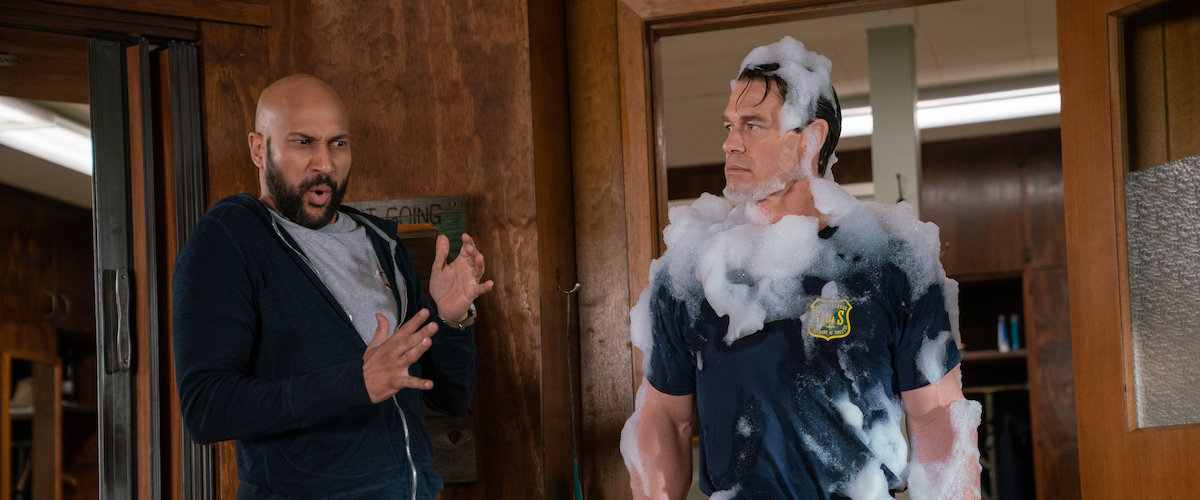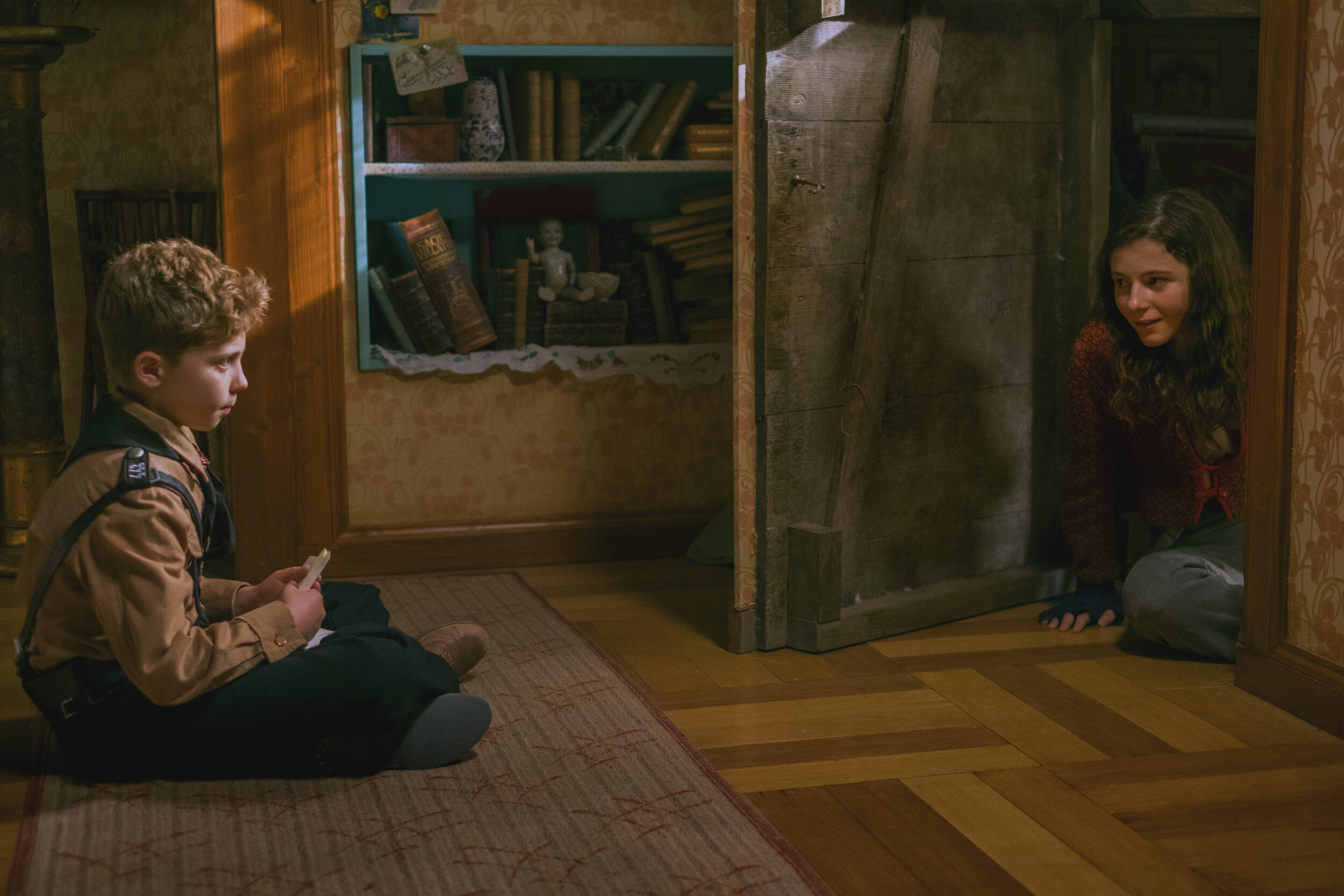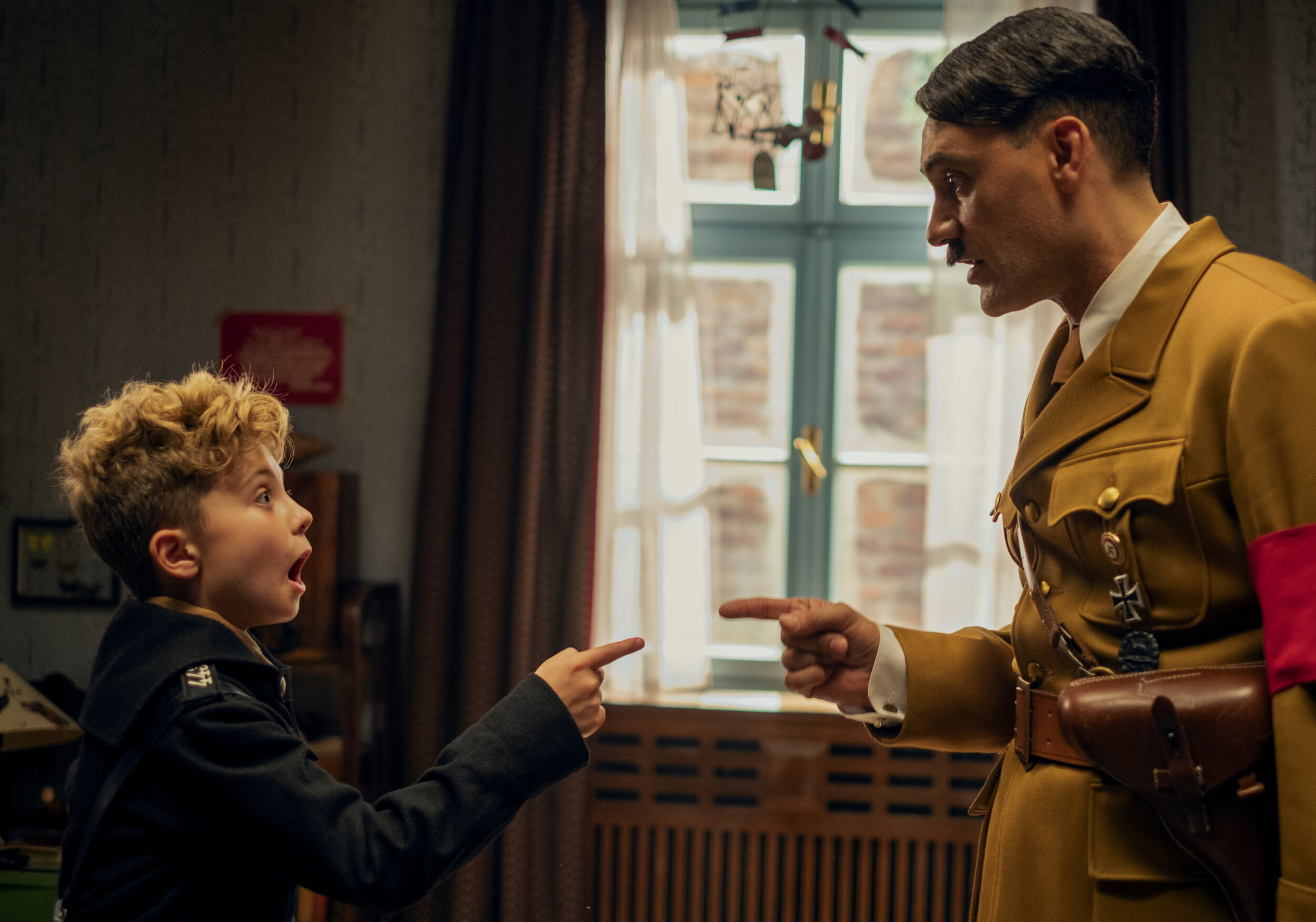Ewan McGregor as Dan Torrance in ‘Doctor Sleep’. Photo Credit: Warner Bros. Pictures
Dir: Mike Flanagan
Starring: Ewan McGregor, Rebecca Ferguson, Kyliegh Curran, Cliff Curtis, Zahn McClarnon, and Emily Alyn Lind
Author Stephen King published “The Shining” in 1977 and director Stanley Kubrick would adapt the book into a film three years later in 1980, turning it into one of the seminal horror movies of all time even though Stephen King has made public statements of how much he dislikes it.
King would continue to look into the past for influence on his 2013 book “Doctor Sleep”, a sequel to “The Shining” which follows young Danny Torrance after the events at the Overlook Hotel and into complicated adulthood that details struggle with addiction and the continuation of evil in different forms.
Director Mike Flanagan, who last helmed the fantastic Netflix series “The Haunting of Hill House” and another King adaptation the impressive “Gerald’s Game”, takes an interesting approach to “Doctor Sleep” by crafting a film that pays special attention to King’s source material themes, both in vague and specific ways, while offering a superb homage to Kubrick’s iconic film.
Danny Torrance (Ewan McGregor) has been haunted by the events that occurred at the Overlook Hotel when he was a child, the memories and ghosts of that day continue to follow and torment him. However, Danny further develops his special ability, which he calls “the shining”, with the help from the ghost of his old friend Dick Hallorann (Carl Lumbly playing the role made famous by Scatman Crothers from “The Shining”), which allows him to trap the spirits around him inside his mind.
Danny grows up, troubled with addictions, and wandering through different towns until he winds up in a small New Hampshire town where he finds peace, along with sobriety, with the help of a kindly friend named Billy (Cliff Curtis).
Things aren’t safe for Danny, along with other people who can “shine”, as a murderous roaming caravan of people who feed off those that shine is hunting a young girl named Abra (Kyleigh Curran) who Danny has developed a friendship with.
“Doctor Sleep” has a lot of story to tell here, a lifetime in the case of Danny Torrance who experiences so much trauma as a young boy and then grows into adulthood with the scars of that event still very much healing, sometimes still bleeding when a ghost comes wandering back into his life. Director Mike Flanagan taps into this character, utilizing a subdued and affected Ewan McGregor to make this character the emotional core of the film.
Stephen King crafts the novel with an approach that is far less of a supernatural tale and one that is more of the horror that happens in everyday life, the evil that exists without ghosts or paranormal monsters. Flanagan focuses on this narrative element, crafting tension with the roving group of killers led by the wicked Rose, played fiercely by Rebecca Ferguson, and orchestrating some disturbing elements involving children. One of these specific scenes is extremely hard to watch, a moment played to increase the peril which is effectively done right before Abra becomes a target for the group.
Flanagan clearly understands and respects the vision of Stephen King for this story, but also the vision from Stanley Kubrick who turned “The Shining” into one of the best-regarded genre films in history. There are moments within “Doctor Sleep” where Flanagan recreates scenes, characters, and designs from “The Shining”, they are amazing and utilized so effectively to accommodate the tone of this film.
“Doctor Sleep” has some minor pacing issues, which makes the story feel like it may have been better suited for an extended series to provide attention for all the characters and the journey Danny takes. Still, these are minor issues for a film that feels so accomplished in its vision, even when it’s working hard to honor the themes of the source material and the artistic style of Stanley Kubrick’s film. Mike Flanagan has demonstrated with his recent films, and specifically with “Doctor Sleep”, that he is truly the current master of horror.
Monte’s Rating
4.00 out of 5.00

































